Baby’s Breath Pests – Identifying And Stopping Gypsophila Plant Pests
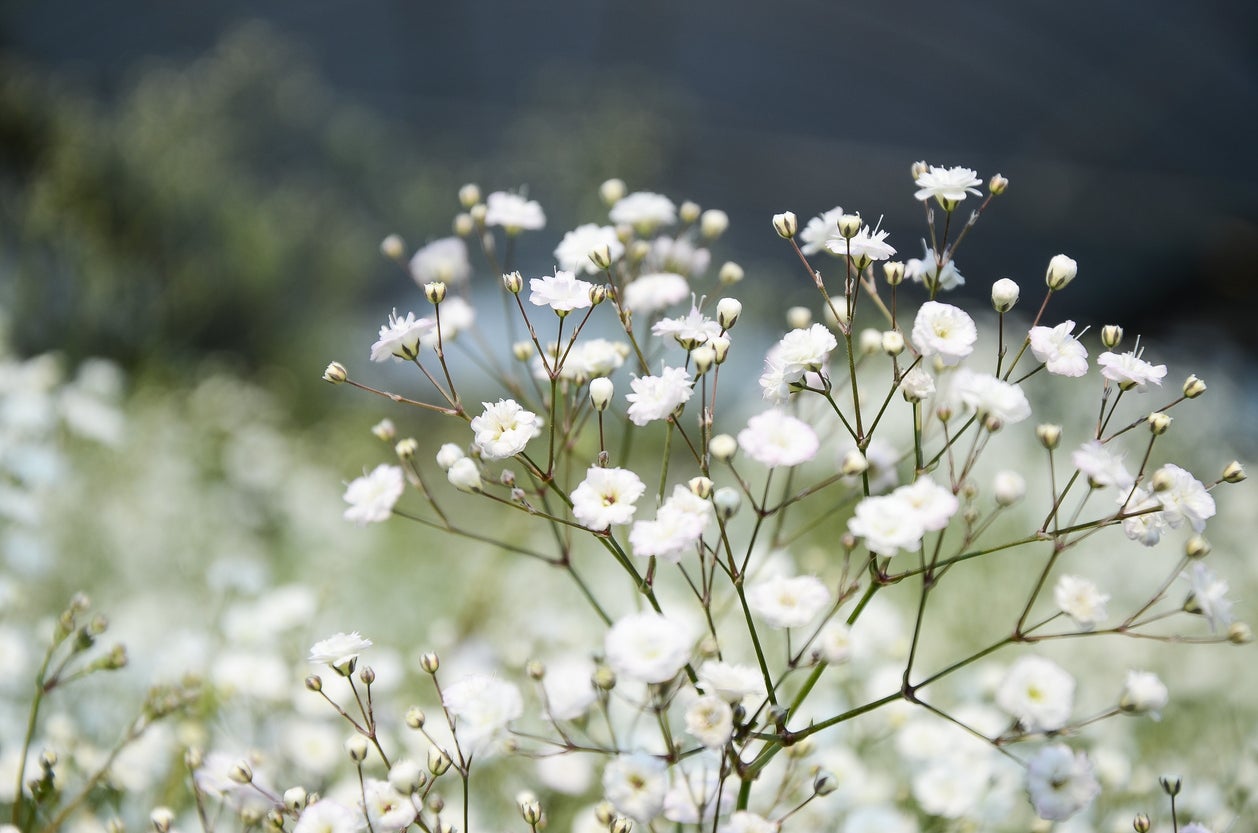

Baby’s breath, or Gypsophila, is an important crop for specialty cut-flower farmers. Popular for their use as filler in cut-flower arrangements, baby’s breath plants have also made their way into home flower gardens. With their large, airy growth habit, it is easy to see why many growers choose baby’s breath when wishing to make a profound statement in the garden. Like any plant, however, there are many garden pests that may prevent baby’s breath plants from reaching their full potential. Read on to learn more about insects on Gypsophila plants.
Gypsophila Plant Pests
Though invasive in some places, baby’s breath plants are not impervious to damage that can be done by insects in the garden. Pests of baby’s breath plants can cause both failure of bloom, as well as complete collapse of the plant if young or not yet well established.
As with any plant in the flower garden, when identifying Gypsophila plant pests, it is imperative that growers are able to distinguish between beneficial and nuisance insects. You should begin looking for insects on Gypsophila before the plants begin to show signs of damage. This can be done by inspecting the plants on a weekly basis.
Leafhoppers on Baby’s Breath Plants
While there are quite a few bugs that eat baby’s breath, one of the most common and more serious are leafhoppers. Adult leafhoopers are small green-yellow bugs with black spots, while leafhopper nymphs are smaller and appear lighter in color.
These Gypsophila plant pests are a common pest to other flowers in the garden too, such as asters. In fact, these leafhoppers are responsible for the spread of an infection called aster yellows. Aster yellows is a disease that can cause the yellowing and loss of the baby’s breath plants.
Damage from leafhoppers and other baby’s breath pests may first present as small yellow or white spots on the foliage of the plant. Eventually, the damaged leaves will fall from the plant.
While the presence of leafhoppers may not be able to be prevented, gardeners can take measures to help avoid infestation.
Gardening tips, videos, info and more delivered right to your inbox!
Sign up for the Gardening Know How newsletter today and receive a free copy of our e-book "How to Grow Delicious Tomatoes".
One of the most effective ways to prevent leafhopper damage is to cover plants using a lightweight row cover in early spring. Many growers also choose to apply neem oil as a means to control the leafhopper populations. As always, make certain to carefully read and apply any chemical product to the flower garden as directed per the manufacturer’s label.

Tonya Barnett has been gardening for 13 years. Flowers are her passion. She has transformed her backyard into a cut flower garden, which she regularly chronicles on her YouTube channel http://www.youtube.com/@tonyawiththeflowers.
-
 Growing Climbing Roses: How To Create Elegant Displays With Maximum Blooms
Growing Climbing Roses: How To Create Elegant Displays With Maximum BloomsMaster the art of growing stunning climbing roses with this essential guide to creating vibrant, fragrant walls and structures all summer long.
-
 Tuck Into Tasty Homegrown Heritage Spud Varieties: 7 Of The Best Heirloom Potatoes
Tuck Into Tasty Homegrown Heritage Spud Varieties: 7 Of The Best Heirloom PotatoesDo you love your potatoes but fancy a little unique flavor? If you’re interested in taters with a heritage twist, here are some of the best heirloom potatoes to try
-
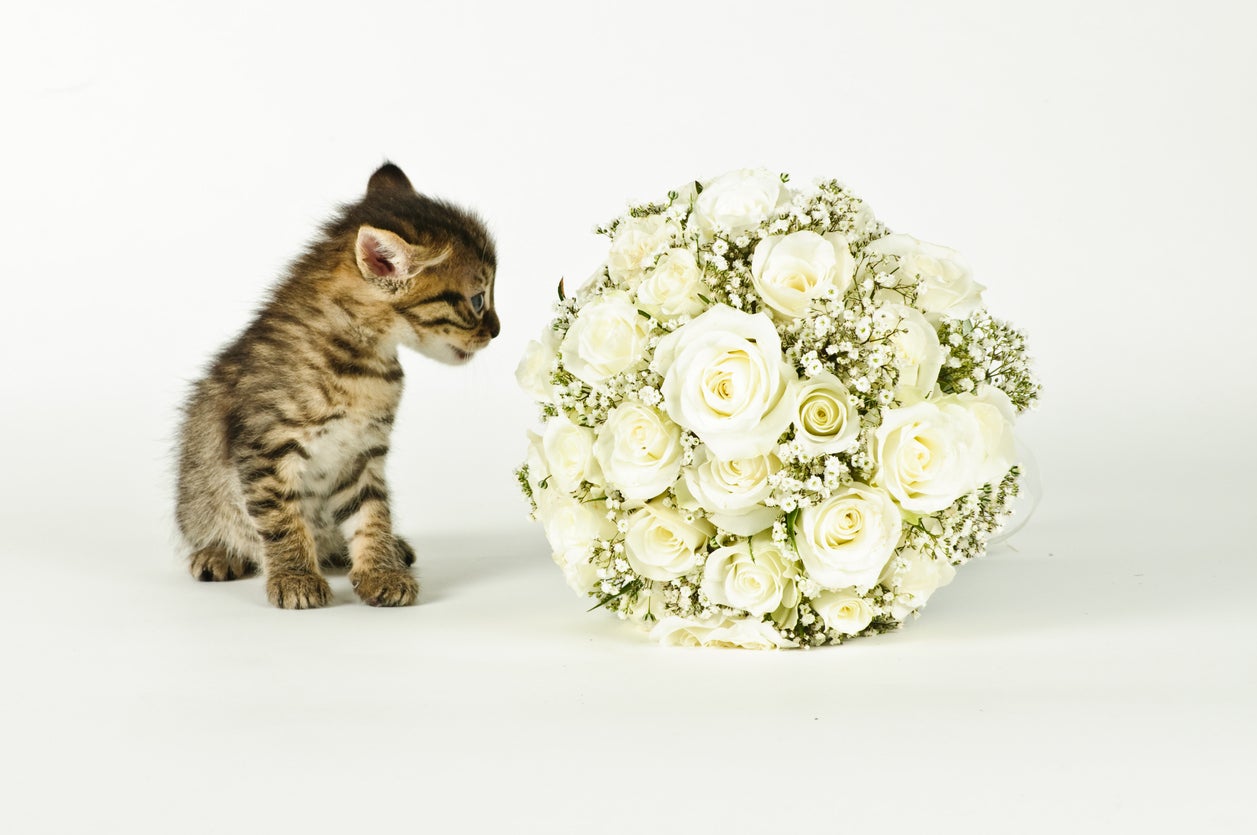 Is Baby’s Breath Bad For Cats: Information About Gypsophila Poisoning In Cats
Is Baby’s Breath Bad For Cats: Information About Gypsophila Poisoning In CatsIf you are the lucky recipient of a bouquet and have a cat, your feline friend may harbor a particular fascination with the baby’s breath. After all, plants are fun for cats, which beckons the question: is baby’s breath bad for cats? Click this article to learn more.
-
 Growing Baby’s Breath From Cuttings: How To Root Gypsophila Cuttings
Growing Baby’s Breath From Cuttings: How To Root Gypsophila CuttingsBaby’s breath is the star of the cutting garden, providing delicate little blooms that dress up floral arrangements, (and your garden). If you have access to a mature baby’s breath plant, growing cuttings from baby’s breath is easy. Learn more in this article.
-
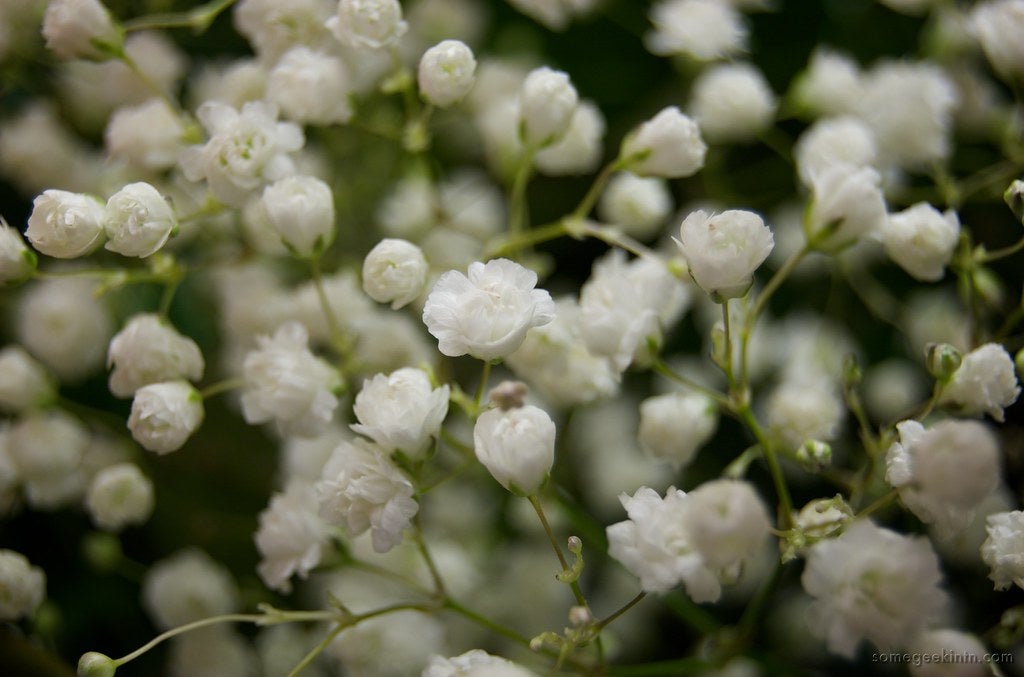 Sowing Baby’s Breath Seeds: Learn How To Plant Gypsophila Seeds
Sowing Baby’s Breath Seeds: Learn How To Plant Gypsophila SeedsGrowing baby's breath from seed will result in clouds of the delicate blooms within a year. This perennial plant is easy to grow and low maintenance. Click this article for more tips on how to plant Gypsophila, or baby's breath, from seed.
-
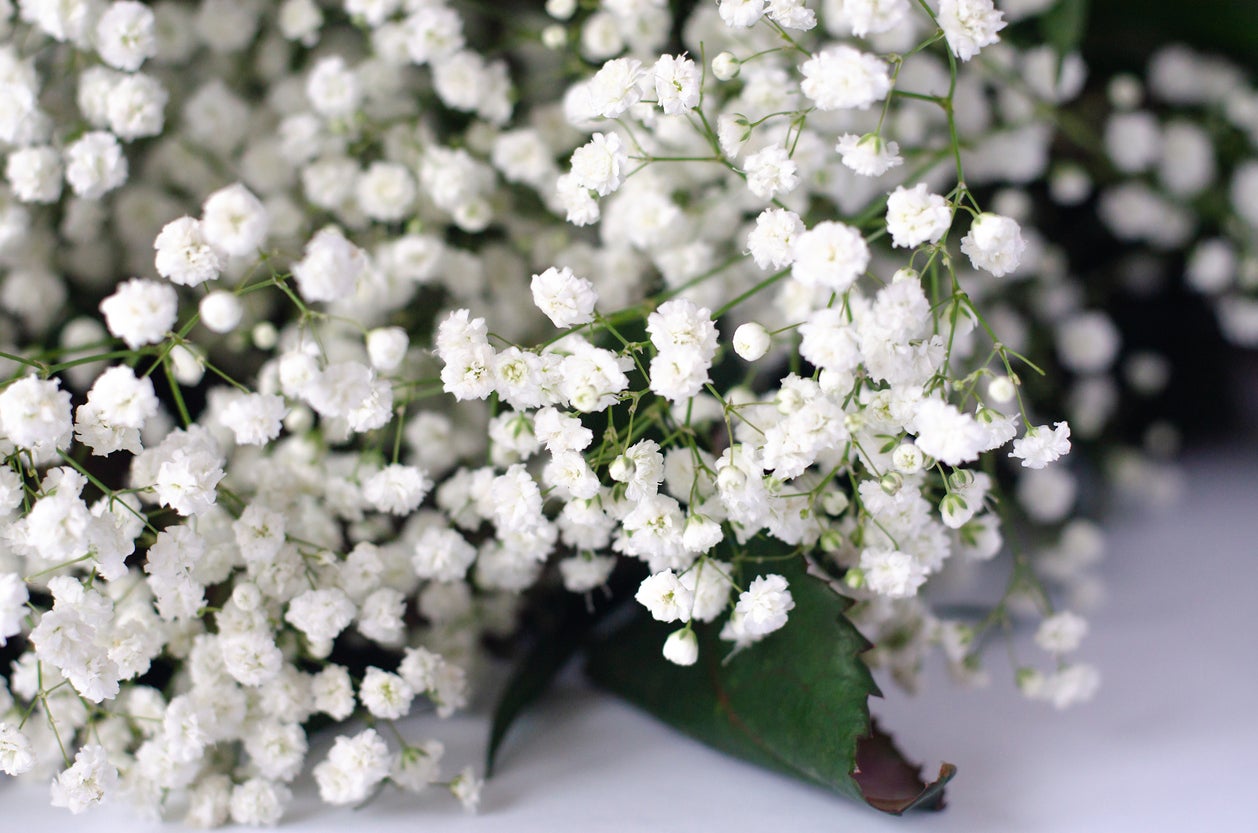 Baby’s Breath Winter Care: Information About Winterizing Baby’s Breath Plants
Baby’s Breath Winter Care: Information About Winterizing Baby’s Breath PlantsBaby’s breath is a staple of cut flower bouquets. You can grow these flowers in your garden with an annual or a perennial variety. Depending on the climate, you may need to take some extra steps to ensure survival over the winter. This article will help with that.
-
 Baby’s Breath Issues – How To Deal With Common Gypsophila Problems
Baby’s Breath Issues – How To Deal With Common Gypsophila ProblemsBaby's breath is best known for adding a little magic to floral arrangements. If you are thinking of planting these flowers in your backyard, you will want to learn about common problems with baby’s breath plants. Click here for common Gypsophila problems.
-
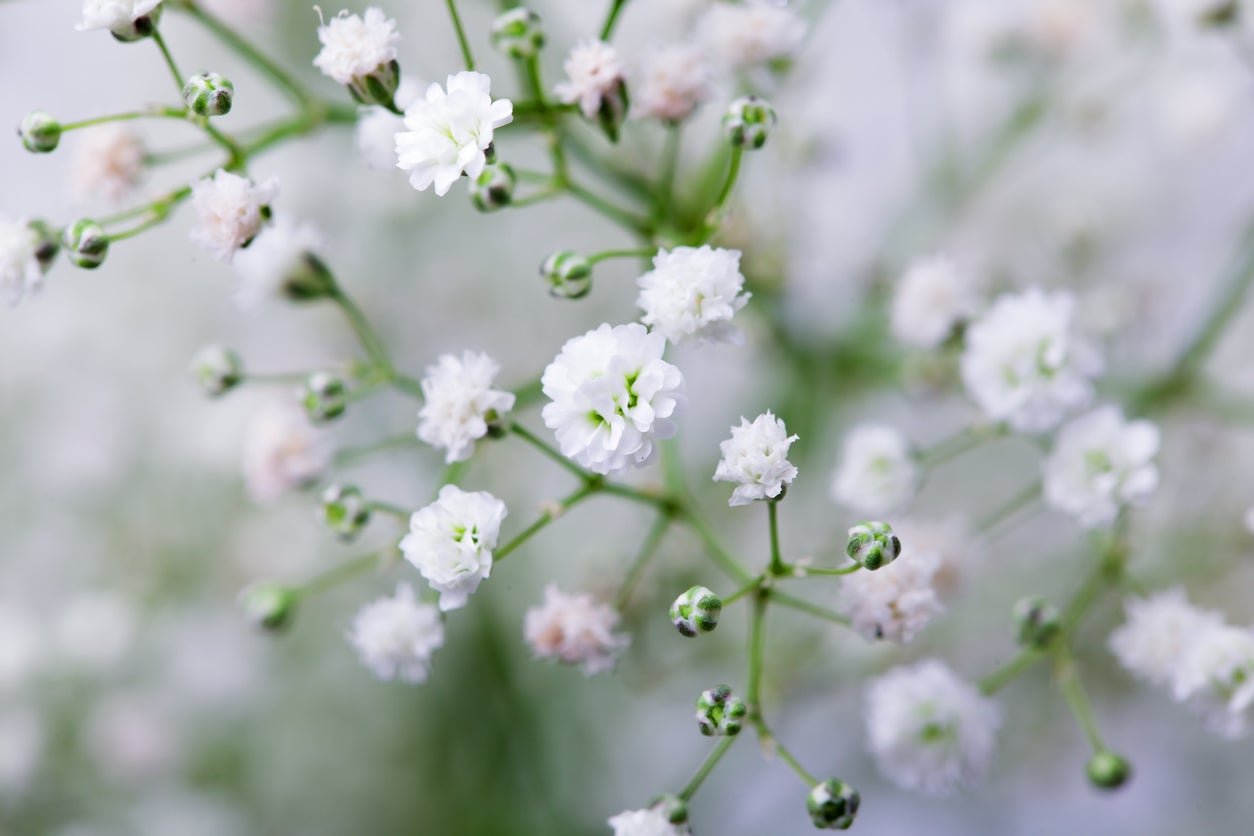 Baby’s Breath Varieties: Learn About Different Types Of Gypsophila Plants
Baby’s Breath Varieties: Learn About Different Types Of Gypsophila PlantsBaby’s breath flowers provide an airy look to floral arrangements but can also be just as pretty used in a border or rock garden. It is one of several types of Gypsophila. Click here to learn about different baby’s breath varieties for the garden.
-
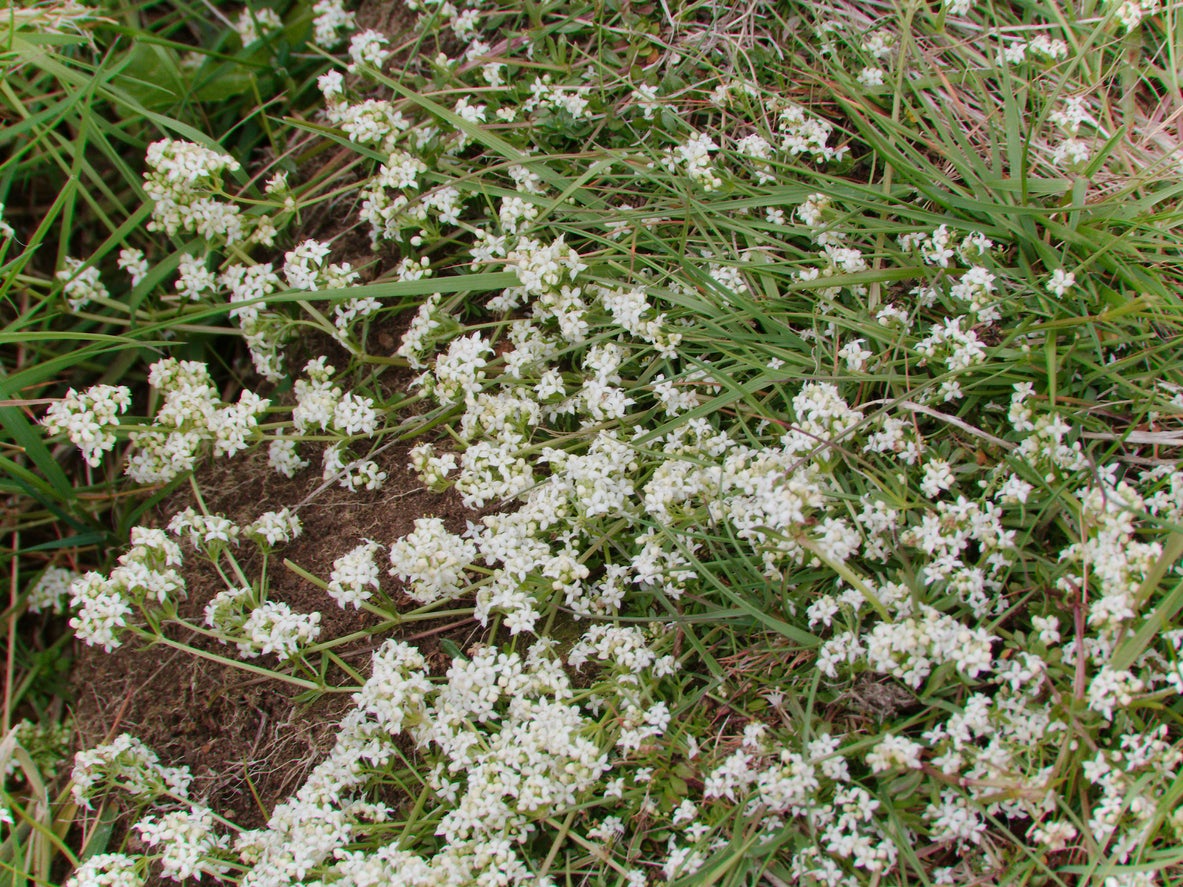 Trimming Baby’s Breath – Learn How To Prune Baby’s Breath Plants
Trimming Baby’s Breath – Learn How To Prune Baby’s Breath PlantsYou can grow baby’s breath as an annual or a perennial, depending on the variety chosen. Care is fairly easy, but a little Gypsophila pruning will help your plants grow healthier and bloom more. This article will help get you started with baby’s breath pruning.
-
 Baby’s Breath Skin Irritation: Is Baby’s Breath Irritating When Handled
Baby’s Breath Skin Irritation: Is Baby’s Breath Irritating When HandledBaby’s breath is commonly found naturalized throughout much of the northern United States and Canada and often identified as an invasive weed. Despite the innocuous look of these sweet soft blooms, baby’s breath harbors a little secret. Learn more in this article.